
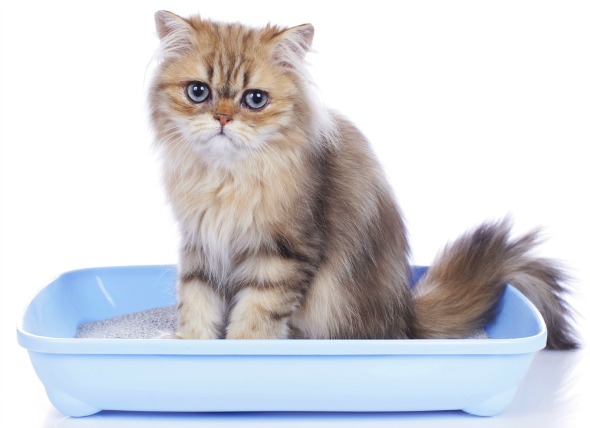
If your cat is straining to urinate and producing little or no urine each time, it may be suffering from a urinary tract obstruction. The obstruction may be due to inflammation or compression on the urethra, or simply a blockage. Treatment is available and the prognosis of this issue will depend on the severity of the obstruction.
Urinary tract obstruction occurs mostly in male cats, but dogs and female cats may also be affected. If you would like to learn more about how this disease affects dogs, please visit this page in the petMD library.
The first sign of a urinary obstruction is straining to urinate. This may actually look like constipation since the cat may be seen going to the litter pan more often and hunching over in pain. Because of the abnormal passage of urine, the stream or flow of urine will be interrupted and may appear cloudy. If any urine is seen, it may appear dark or blood-tinged.
The pain involved causes many cats to cry out and they will stop eating and become depressed. Vomiting or retching may also occur. If the cat does not receive medical treatment, renal failure can develop, which can be life threatening within three days of symptoms.
There are several known risk factors for a urinary tract obstruction including urinary tract stones, urinary disease (particularly common in female cats), and prostate disease (in male cats).
The accumulation of minerals in the urinary tract can also cause the formation of an obstruction (crystals or stones). In addition, tumors, lesions, and scar tissue can lead to an obstruction.
The veterinarian will carefully feel the cat's abdomen. Acute renal failure results from the increased pressure in the renal system and the inability to eliminate urea and other waste products usually eliminated in urine. This results in increased waste products and potassium in the bloodstream. An initial baseline blood panel is important to determine the appropriate fluids and other treatment that may become necessary.
As the treatment progresses, additional blood samples will likely be taken to determine changes in the cat's condition. Additional blood analysis and imaging, including X-rays or ultrasound may be helpful to determine the cause of the obstruction or other contributing diseases or illnesses.
The obstruction must be relieved as soon as possible. Sedation is often necessary. Depending on the severity of the obstruction, several methods may be used by the veterinarian to remove the obstruction -- urethral massage and using fluid to push the obstruction out of the urethra and into the bladder are two examples.
Once the obstruction is removed or pushed back into the bladder, a urinary catheter is sometimes left in place and is maintained for at least 24 hours, depending on the cause of the obstruction.
Intravenous (IV) fluids are usually administered to rehydrate the cat and normalize its electrolyte levels. Because of the pressure buildup and the inability to eliminate urine and its components, the entire renal system is affected and kidney damage can occur. In most cases, this damage is repaired with adequate fluid and electrolyte administration. Medications to treat the pain may also be necessary.
It is important to monitor the flow of urine to ensure that there are no visible signs of complication. Cats are especially prone to repeat obstructions due to their tendency for uncontrolled urethra spasms. Some causes of urethral obstruction can be treated and eliminated, others cannot. Therefore, carefully monitoring the pet is very important.
Dietary changes may be necessary to prevent crystals, stones or other potential causes of the obstruction. Ensuring a cat has a clean and safe litter pan can also help.
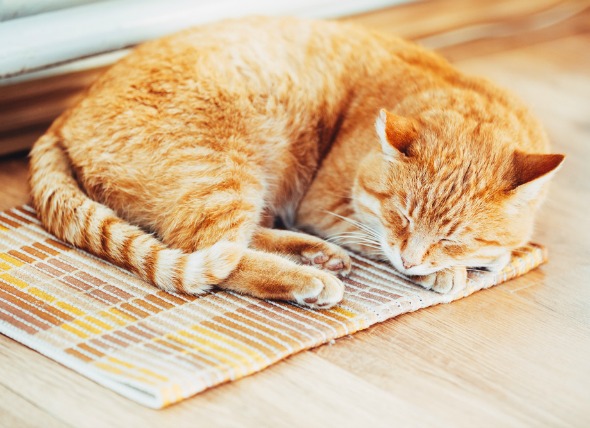 Insufficient Urine Production in Cats
Oliguria and Anuria in Cats
Oliguria is the medic
Insufficient Urine Production in Cats
Oliguria and Anuria in Cats
Oliguria is the medic
 Antifreeze Poisoning in Cats
Ethylene Glycol Poisoning in Cats
Ethylene
Antifreeze Poisoning in Cats
Ethylene Glycol Poisoning in Cats
Ethylene
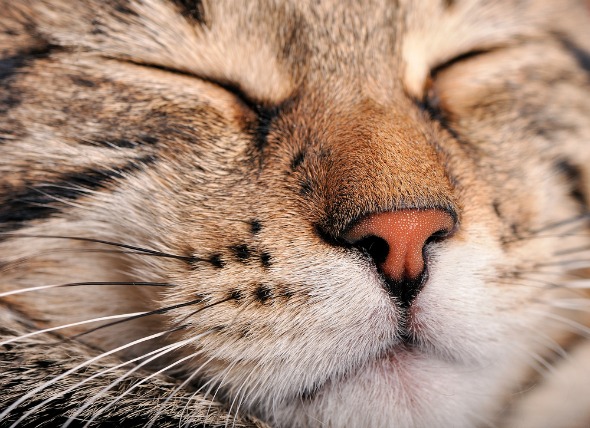 Nose Bleed in Cats
Epistaxis in Cats
A bleeding nose can be the resu
Nose Bleed in Cats
Epistaxis in Cats
A bleeding nose can be the resu
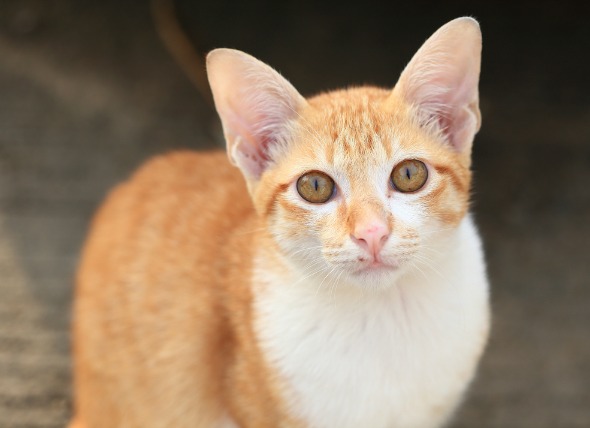 Brain Tumors in Cats
While brain tumors in cats remain fairly uncommon
Brain Tumors in Cats
While brain tumors in cats remain fairly uncommon
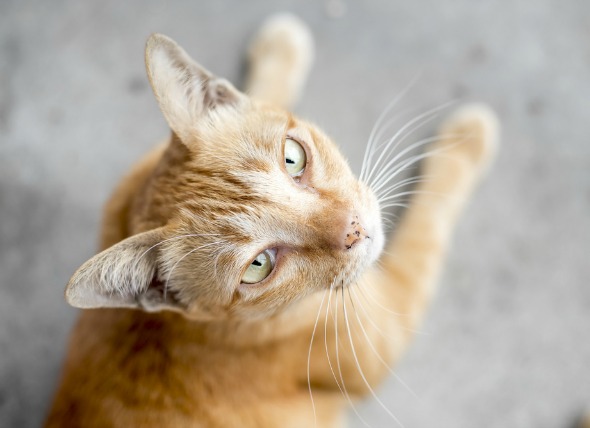 Skin Bumps (Papulonodular Dermatoses) Cats
Papulonodular Dermatoses in Cats
Bumps that are f
Skin Bumps (Papulonodular Dermatoses) Cats
Papulonodular Dermatoses in Cats
Bumps that are f
Copyright © 2005-2016 Pet Information All Rights Reserved
Contact us: www162date@outlook.com